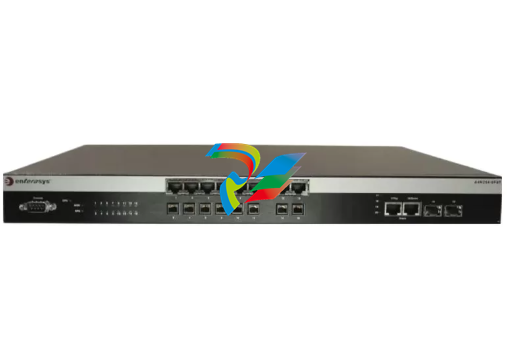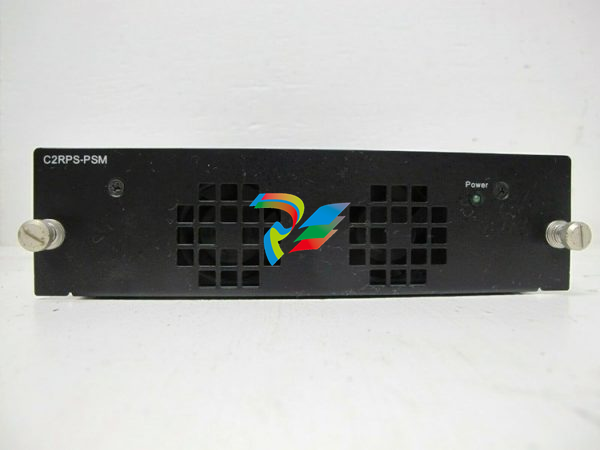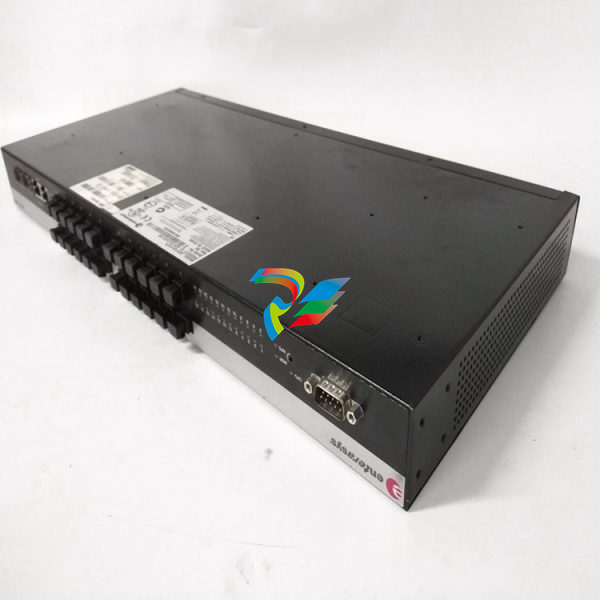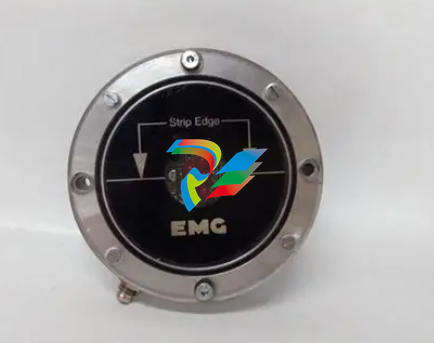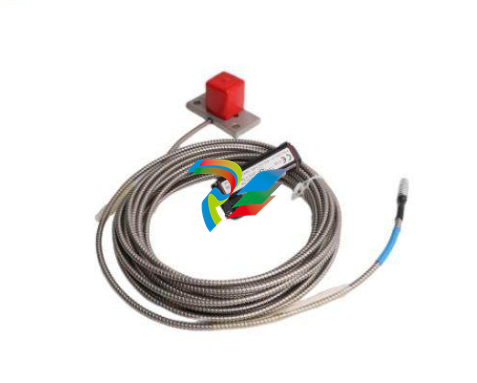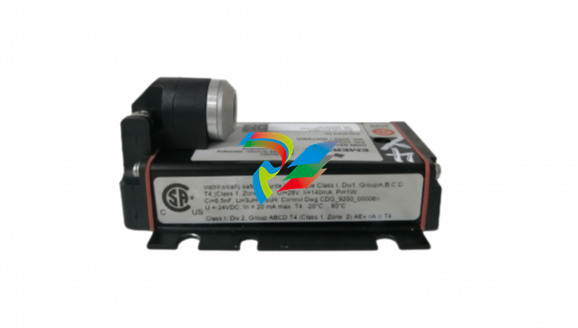
ABBAC 800M Controller Hardware Product Guide
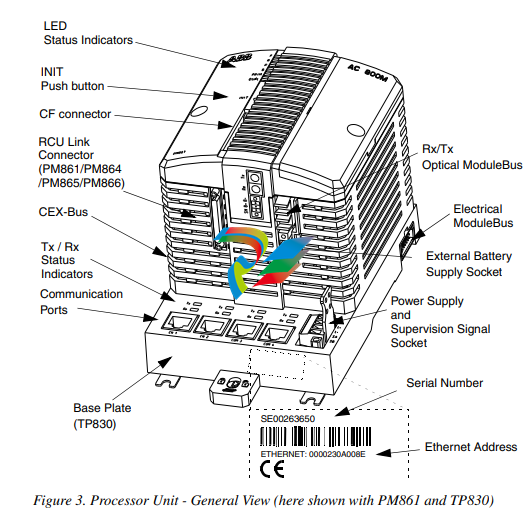
The PM891 unit has two RJ45 Ethernet ports (CN1, CN2) for connection to the Control Network, and one RJ45 serial port (COM4). The COM4 port is isolated and is used for the connection of a configuration tool. The communication expansion bus (CEX-Bus) is mounted on the unit. The CEX-Bus is used for extending the on-board communication ports with communication interface units. It is also possible to use redundant communication interfaces on the CEX-Bus. The CEX-Bus Interconnection unit BC810 is used to increase the availability on the CEX-Bus by dividing it into separate segments. The optical Modulebus at the bottom of the unit can be used for connecting seven clusters of S800 I/O units (each comprising up to 12 units). Each PM891 unit is provided with a unique Ethernet address which provides hardware identity to the unit. The address can be found on the Ethernet address label located on the right-hand side of the unit.
Following a changeover, the system operates as a system without redundancy with
only one processor unit in operation. You can replace the malfunctioning processor
unit while the system is running. After the replacement is carried out, the system
once again has a redundant processor unit.
If an error arises in the backup unit, you can also replace the backup unit while the
system is running.
Errors which occur in the backup unit can never affect the primary unit's operation.
The primary unit and the backup unit are logically separated from one another.
Hardware errors in the primary processor unit cause the system to perform a correct
changeover. These hardware errors are "single errors".
The application programming and the communication are totally unaffected by the
redundancy.
The serial port COM3, can not be used in redundant CPU configuration.
S800 I/O units are connected to the two CPUs by the optical ModuleBus. The
built-in electrical ModuleBus on the base plates can not be used for connection of
S800 I/O in redundant CPU configuration.
Communication
The number of ports and protocols, provided by the processor unit, can be expanded
by adding communication units to the CEX-Bus.
Examples of unit types that may be connected to the CEX-Bus are as follows:
• FOUNDATION Fieldbus High Speed Ethernet (FF HSE)
• PROFIBUS DP
• Dual RS-232C ports
• S100 I/O
• INSUM
• IEC 61850
• MasterBus 300
• Modbus TCP
• ABB Drives via DriveBus Interface
• TRIO/Genius
• Satt I/O via ControlNet (19” Satt rack I/O, S200 I/O and S200L I/O)
• AF 100
• PROFINET IO
• EtherNet/IP
This expansion provides the means of connecting remote I/O, fieldbus instruments
and additional RS-232C ports.
Battery Back-up
A battery is used to power the back-up for both the RAM and the real time clock in
the case of a power failure. Battery back-up can be provided in two ways:
• using the internal battery (as shown in Figure 6 on page 33). The internal
battery is not available in PM891.
• using an external battery unit, (SB821), for longer back-up times.
• using an external rechargeable battery unit, (SB822), for longer back-up times.
The external battery unit is mounted on the DIN rail and connected to the CPU via a
cable.
Power Supply
The power supply units (SD83x) are switch-mode power converters that convert a.c.
mains supply voltage to a regulated 24 V d.c. The mains input supply voltage can
either be 115 V a.c. or 230 V a.c. and is selected using a switch, mounted on the
front panel of the unit.
The power supply units can be used in both redundant and non-redundant
applications. When redundant power supply units are connected to a common load,
a voting device, (SS823), must be used to combine the two outputs to a single
output, via diodes. The redundant power supply units may be connected to
completely separate mains supplies or to the same mains supply, depending on the
configuration selected.
The L- output (0 V) of the power supply units can be used without being grounded.
If grounding is required, the power supply unit L- output (0 V) can be grounded
directly or via a suitable resistor.
The processor unit has no requirement for an uninterruptible power supply in order
to shut down safely. The processor unit has an internal power reservoir that lasts for
5 ms, which is sufficient for it to make a controlled power down. The power supply
units easily handle short power interruptions (<20 ms) that can normally occur
within any industrial environment. Despite this, it is sometimes necessary to protect
certain applications, from brief voltage failures, by installing Uninterruptible Power
Supply (UPS) devices.
For information on SD83x, refer to Power Supply Units - SD831, SD832, SD833,
and SD834 on page 102.
Powering from an External Source
The AC 800M Controller can be powered from an external +24 V DC source. This
source is often common for many different types of plant equipment, resulting in
long power cables to the AC 800M Controller. Furthermore, heavy load changes can
cause variations in controller supply voltage making it necessary to take precautions

